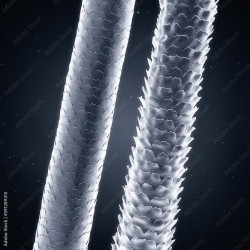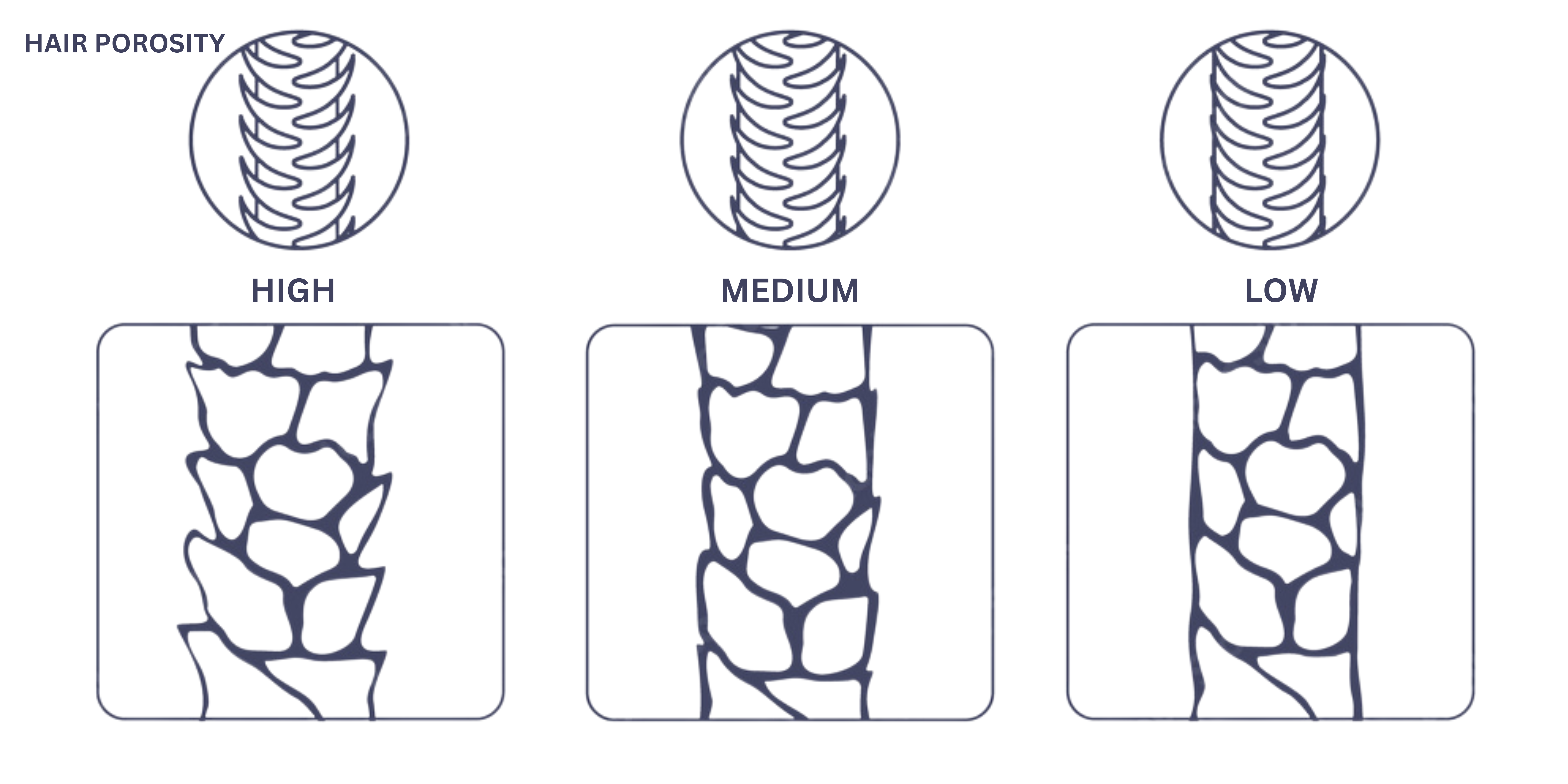Pro Tip: Understanding The 3 Types of Lash Porosity
May 15th 2024
Understanding Lash Porosity will help you achieve the desired results of longer lasting extensions.
Porosity is term is used to describe the ability of the hair to absorb and retain moisture or adhesive. The texture of the outer layer is known as the cuticle. The Cuticula is the outer cortical lay of the hair and consists of overlapping cells the lie above the hair pulp. The cuticle is elastic and can open and close. Depending on how open to closed, we can classify the lash into one of three categories.
Low Porosity: The cuticles are tightly knit together, making the lashes thick, smooth, and shiny. Identified by there glossy appearance and may even appear slightly oily even after cleaning. Lashes with low porosity have a smooth surface, making it difficult for the extension to attach to the natural lash. By using a Primer to open the cuticle making it easier for the extension to adhere property to the natural lash.
Medium Porosity: The cuticle are slightly open and the lashes have a slight texture. By far the most common you will encounter as a lash stylist. While not as challenging as low porosity, prepping the lash with a primer opens up the cuticle for a stronger bond.
High Porosity: The cuticles are wide open, and porous natural lashes are likely to absorb. The more porous lash tend to have better retention than un-porous lashes. Identified by their duller appearance. High porosity lashes are a lash stylist dream. The cuticle is open and bonds quickly. Saline solution or lash-shampoo will remove impurities and prep the lashes for extensions. Clients with high porosity lashes tend to have above average retention.

